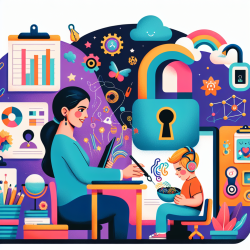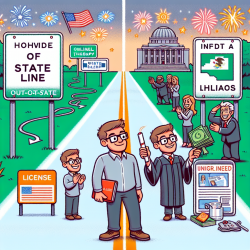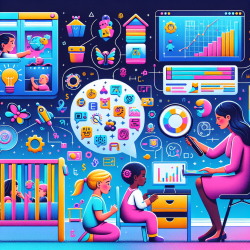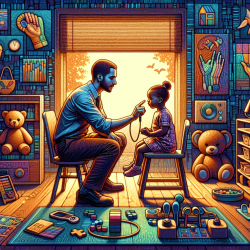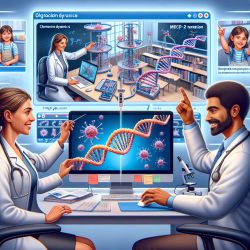Introduction
Deafblindness, or dual sensory loss, is a complex condition characterized by varying degrees of hearing and visual impairments. As practitioners, understanding the unique challenges faced by individuals with deafblindness is crucial for designing effective interventions. The recent scoping review titled "Participation experiences of people with deafblindness or dual sensory loss: A scoping review of global deafblind literature" provides valuable insights that can enhance our practice.
Key Findings from the Research
The review highlights that individuals with deafblindness experience significant barriers in communication, mobility, daily living, and social interactions. These challenges often lead to social isolation and psychological distress. The research categorizes individuals into three groups based on the origin and progression of their impairments:
- Group 1: Congenital or pre-lingual deafblindness.
- Group 2: Acquired or post-lingual deafblindness.
- Group 3: Age-related dual sensory loss in older adults.
Each group experiences unique challenges, yet common themes of communication breakdowns, mobility issues, and social isolation persist across all groups.
Implementing Research Outcomes in Practice
For practitioners, the findings underscore the importance of tailored interventions that address both personal and environmental factors. Here are some practical steps to enhance outcomes for children with deafblindness:
- Communication Strategies: Utilize alternative communication methods such as sign language, braille, and assistive technologies. Encourage the use of communication repair strategies and provide training for non-disabled peers and family members to improve interaction.
- Mobility Support: Implement mobility training and environmental adaptations to enhance independence. Encourage the use of assistive devices while addressing stigma and promoting positive attitudes towards their use.
- Social Inclusion: Foster social skills through group activities and support networks. Encourage participation in recreational activities to enhance social engagement and reduce isolation.
Encouraging Further Research
The review identifies gaps in the literature, particularly concerning the experiences of individuals with congenital deafblindness and those in low and middle-income countries. Practitioners are encouraged to contribute to research efforts by documenting case studies, sharing successful intervention strategies, and advocating for more inclusive research practices.
Conclusion
Understanding the participation experiences of individuals with deafblindness is crucial for developing effective rehabilitation programs. By implementing the insights from this scoping review, practitioners can enhance the quality of life for children with deafblindness and support their full participation in society.
To read the original research paper, please follow this link: Participation experiences of people with deafblindness or dual sensory loss: A scoping review of global deafblind literature.
